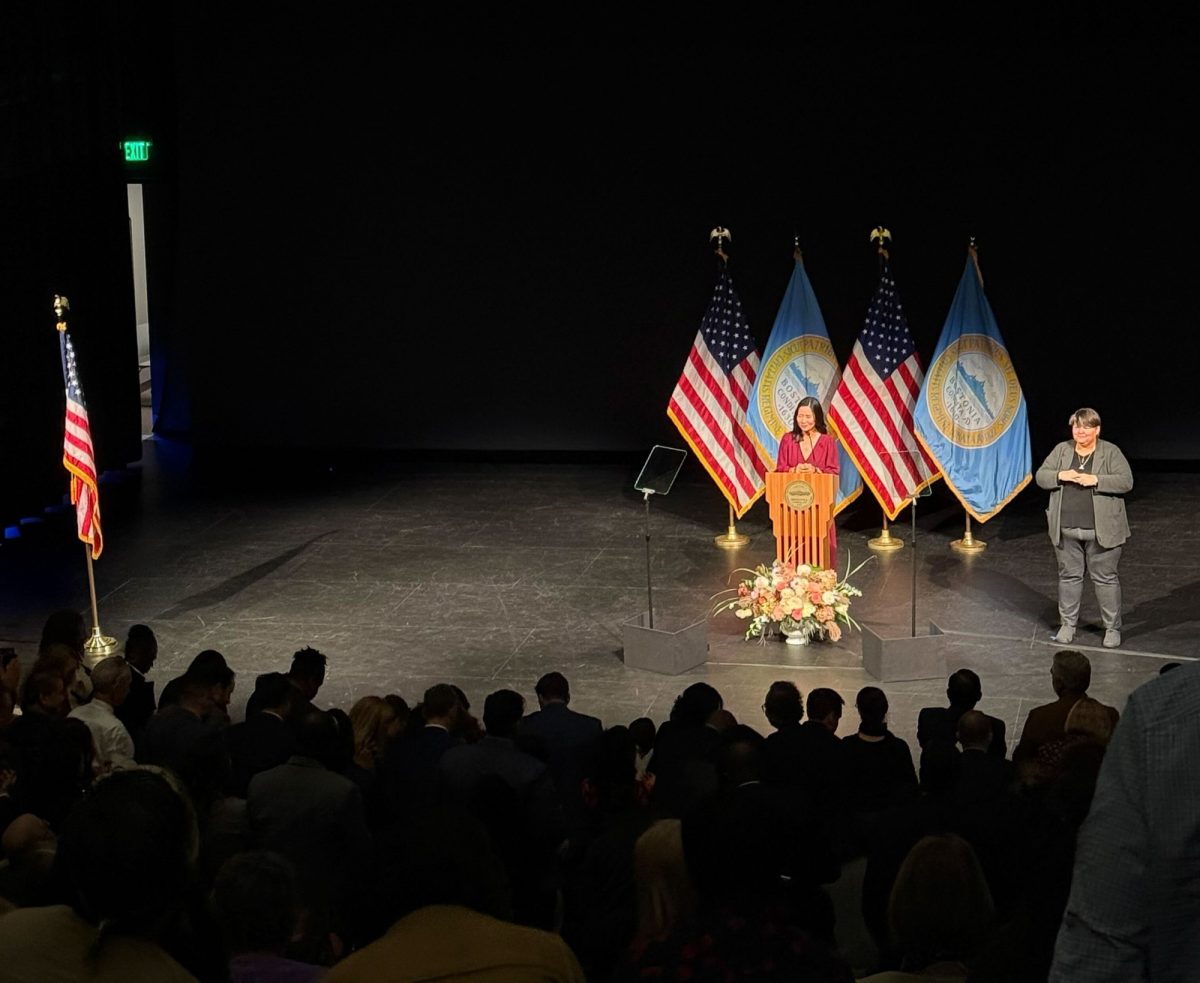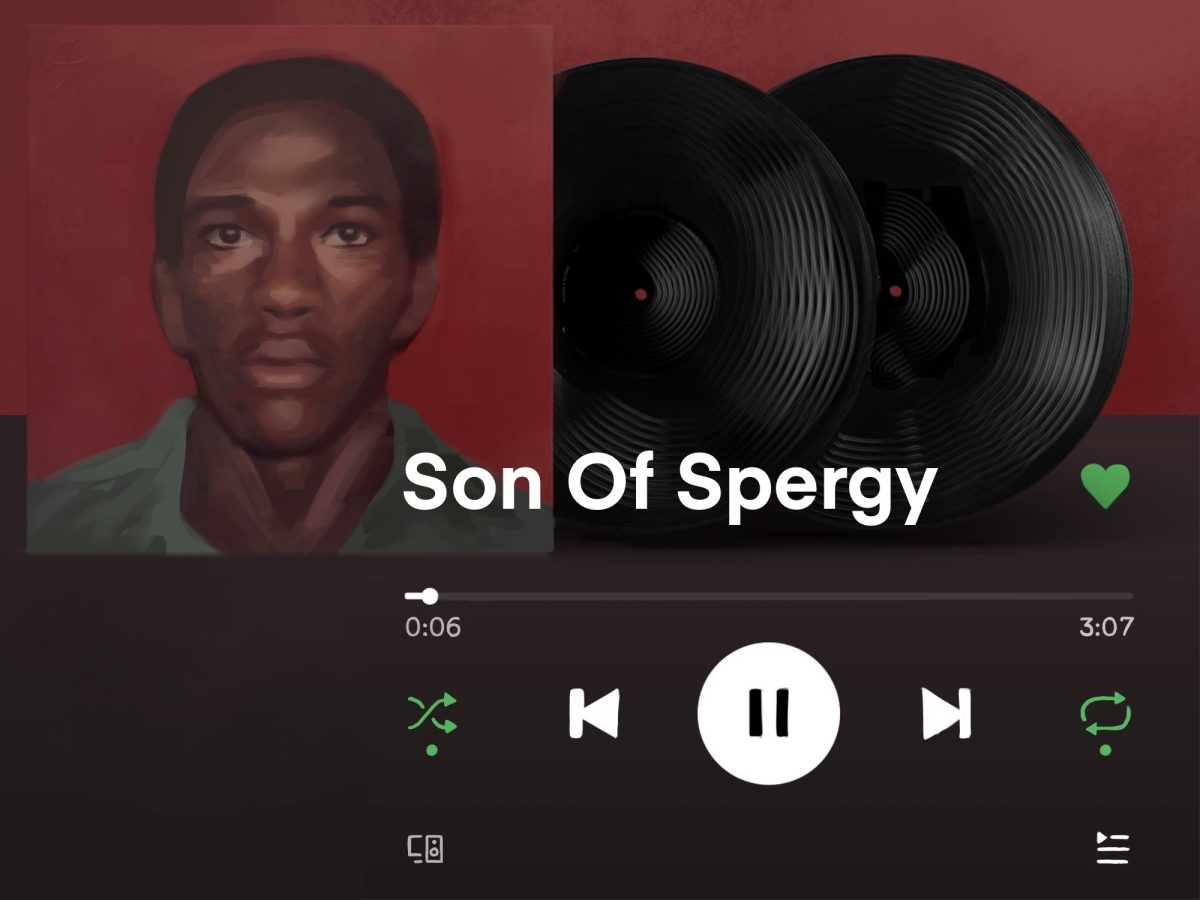In 1987 when a British gunman killed 16 people, semi automatic weapons were then banned. After a school shooting in 1996, most handguns were banned. Now Great Britain has the lowest gun death rates in the developed world.
On May 24, 2022, a mass shooting at Robb Elementary School in Uvalde, Texas left 21 people dead, 19 children and 2 teachers. In the 13 days since, 33 other mass shootings have occurred throughout the country.
The same questions are asked, the same arguments made, the same protests had. And then we forget. And then it resets. Gun control is a reasonable measure to take to prevent violence, but until the government decides to care, optimism for change is a mute point.
The Second Amendment, written in the Constitution in 1787, protects the right for all American citizens to bear arms. Of course, this rule was made when the guns in question were muskets that took about thirty seconds to reload. In contrast, an AR-15, the weapon used in the Uvalde shooting, reloads automatically and can fire 60 rounds per minute. Despite this, amending the constitution, as described by the White House itself, is “quite onerous.” To simplify a long winded explanation, a good amount of people in Congress would have to agree, which is something Americans aren’t good at.

So banning guns is out. The next reasonable step might be common sense gun laws. The House Judiciary Committee plans to consider a package of proposals that would raise the age to buy a semiautomatic rifle to 21. Though a small step, this would be a worthwhile function, as six of the nine deadliest shootings since 2018 were committed by individuals under the age of 21. But, even this minor move is met with hesitation. In the past moderate Democrats have voted with Republicans in regards to gun laws, putting further risk of loss on an already slim majority.
A classic argument brought up by those in government who don’t believe in gun control of any form is that guns don’t kill people, people kill people. This is often followed by proposals that what really needs to be discussed and rectified are approaches to mental health. Despite this sentiment, it raises the question of why this only happens in America. If it is true that people will find a way to kill regardless of the weapons available, then why don’t the same number of massacres occur in countries where guns are banned or legislated?
Beyond reasons against gun control, we have efforts at assimilation. Shootings happen and rather than take proactive measures, government officials encourage reactive measures. These solutions after a horrific school shooter may come in the form of clear backpacks, metal detectors, bulletproof doors, bulletproof backpacks, armed teachers, or police presence in schools. This is where the gun control debate peaks at evoking morbid frustrations, because here it becomes obvious they don’t want the problem to be solved, they just want students to deal.
A disturbing amount of young people today have a story about the time in high school when an active shooter drill felt a little too real, where at the ripe age of 15, 16 or 17 they were forced to confront their mortality. However, mass shootings don’t stop at schools.
They extend to grocery stores, like that in the predominantly Black community in Buffalo, New York where 10 people were killed. They extend to churches, to malls, to movie theaters, to sidewalks, because no place is definitively safe.
The American people are left at the mercy of an uncaring government that prioritizes National Rifle Association donations over human life. The debate for gun control has little to do with freedom and much to do with morality. Each time we plead, each time we protest, but in truth, there’s only so many times you can ask for help before you realize it’s never coming.
This editorial was written by Opinion Editor Lydia Evans.




















































































































